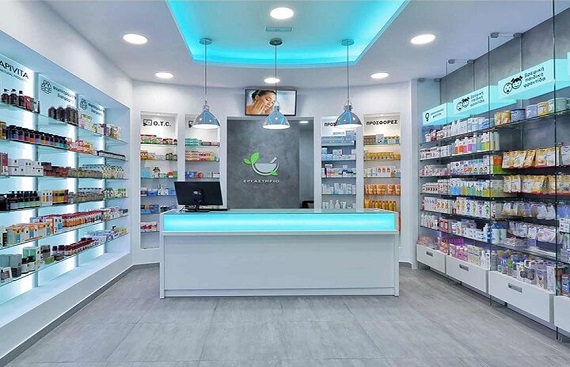Is technology easing retail pharmacy in India?

The pharmacy retail business in India has seen robust growth over the past few years, owing to favourable demographic factors and an epidemiological transition. Technology has taken every business sector to different heights. It has reshaped the lives of millions of people, and various industries have embraced its potential in automating their business methods.
The Healthcare sector has adopted the latest technology models to redefine the way it operates and enhance results. With this, telehealth has become one of the industry's most notable transformations, which has connected small towns to doctors located in urban cities. The market has been segmented into organized, unorganized, and online retail in the retail pharmacy channel. The unorganized sector was valued for the most significant market share (~93%) in 2018. The market share of the organized area, which holds licensed and registered players, is predicted to increase unwaveringly over the forecast interval. Revenue of the pharmacy retail market in India was estimated at INR 996.68 billion in 2016 and is predicted to reach INR 2,330.2 billion by 2024, extending at a CAGR of 10.08% during the 2019-2024 period.
Indian population is diversely spread from rural to urban areas. Considering the traditional retail pharmacy model, a person living in a small town or rural area has to travel to the nearby town or city to get proper medicines. The accelerated technological adoption in the business is the result of the pandemic-induced lockdown. It also designed the space for pharmacies to support digital transformation and place themselves as an appealing model in the healthcare industry. The country faced a large-scale agitation in e-commerce services, with people ordering groceries online during the pandemic. It required people to embrace social distancing and purchase medicine without stepping out. As a result, retail pharmacies became the forerunner to work against coronavirus.
Government plays a significant role in retail pharmacy
The government also named the pharma business an essential service and permitted to deliver the medicine to the customer's doorstep during the lockdown. As a result, retail pharmacies showed their critical part in combating the infection and mitigating the difficulties in ensuring efficient, affordable, and trusted healthcare.
Nearly 100 crore people reside in Indian tier-2 & tier-3 cities. In such areas, the local pharmacy enhances the go-to place for all healthcare services. However, statistics explain that for every 1700 people, there is one pharmacy open. Since many doctors cannot reach people living in tier-2 & tier-3 cities, local pharmacies can become huge healthcare providers online and give quick, trusted, & efficient healthcare solutions. In addition, setting up online doctor consultations for their customers, delivering medicines in minimum time, and creating Digital Health IDs for their customers can eventually contribute to Aayushman Bharat Digital Mission.
Ayushman Bharat Digital Mission aims for Digital Health
![]()
Ayushman Bharat Digital Mission concentrates on digital health, such as app-based solutions. This is because leveraging digital technology towards illness control and cure is very cost-effective. The Focus of this mission towards Public-Private Partnership will lead the way to cut long-term healthcare prices, as is evident from outcomes in many Western nations. The purpose of universal health coverage can be made a reality shortly by leveraging technology the way this mission aims.
This kind of patient-centric, IT-based solution could help everyone handle performance and control requirements better. Fast, dynamic data exchange and communication can be a win-win for both the victim and the health sector as a combination.
Corporations administering health benefits and employee wellness programs will find that sharpening digital health will boost productivity while reducing illness-related loss in labor-hours will drop. This can then be succeeded by similar technology penetration as it starts in all people’s homes.
Digitization would anticipate fewer visits to the doctor for interventional care, and the shift would be to periodic, planned visits. Patients will find that this visit will lead to a healthier and longer lifespan and a more peaceful pocket. With the centralized digital system of patient health ID, app developers can draw into other patient metadata and unnecessary bypass duplication. In trade, provide relevant predictive data to the government about hotspots in the country that require consideration.
It is time that we, in the Indian healthcare system, jump and embrace the aids of IT in the health space. Doing so will help us in the health system and primary objective is to make citizens healthy.
Read More News :


.jpg)
